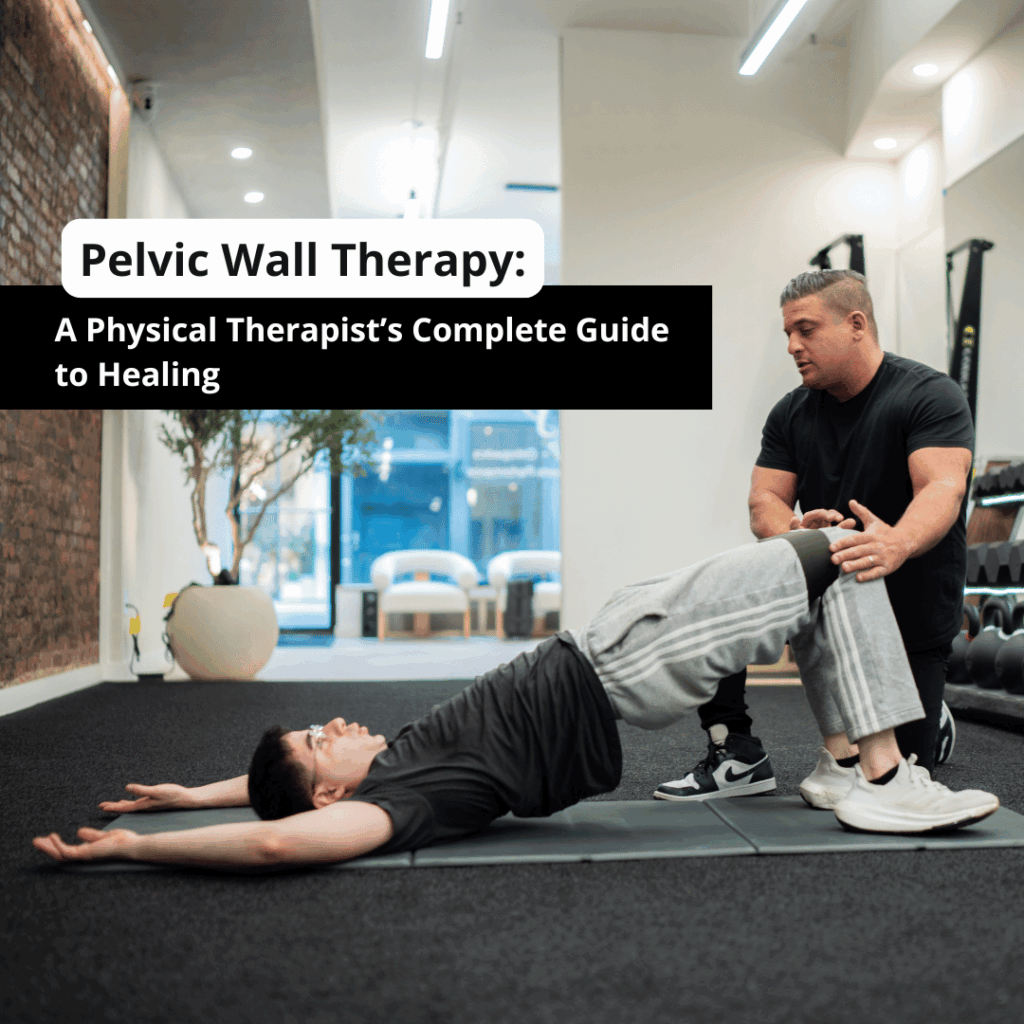All of us know how important it is to maintain good bowel health. Not only can it improve your quality of life, but it can also prevent embarrassing accidents like bowel incontinence. Luckily, there are plenty of techniques and exercises to manage bowel issues and prevent incontinence.
Read to know more!
Introduction
Many people don’t realize that the pelvic floor muscles play a critical role in bowel function.

These muscles support the bladder, uterus, and rectum, and they control bowel movements. When these muscles are weak, you may experience bowel incontinence, or the inability to control your bowel movements. However, regular exercises that strengthen the pelvic floor muscles can improve bowel control, and muscle tone and prevent incontinence.
Exercises to Improve Bowel Control
So, what exercises are most effective for improving bowel control? Kegel exercises are the most well-known exercises for strengthening the pelvic floor muscles.
- To perform Kegels, simply contract and relax the muscles that you use to stop the flow of urine. Aim for 10 repetitions of this exercise, holding each contraction for 5-10 seconds before relaxing. You can do Kegels while sitting, standing, or lying down.
Another exercise that can help improve bowel control is known as the “elevator exercise.”
- To do this, imagine that your pelvic floor muscles are like an elevator with three floors. Start by contracting the muscles as if you’re going to the first floor, then hold for a few seconds before contracting further as if you’re going to the second and then third floors. Then, slowly release the contraction, starting from the third floor and gradually relaxing down to the first floor.
Add Squatting also on your list! Squatting is a natural position that can help promote healthy bowel movements. Squatting can help relax the muscles of the pelvic floor and promote better bowel function.
- To perform a squat, stand with your feet shoulder-width apart and slowly lower your body down into a squatting position, as if you were sitting on an imaginary chair. Hold this position for a few seconds and then slowly stand back up. Repeat this exercise several times a day.
Bridge exercises are another type of exercise that can help strengthen the muscles of the pelvic floor and improve bowel function.
- To perform bridge exercises, lie down on your back with your knees bent and your feet flat on the floor. Slowly lift your hips off the ground, squeezing your buttocks and pelvic floor muscles as you lift. Hold this position for a few seconds and then slowly lower your hips back down to the ground. Repeat this exercise several times a day.
How about an Abdominal Massage? Abdominal massage is a technique used by physical therapists to help stimulate the digestive system and promote healthy bowel movements. This technique involves massaging the abdomen in a specific pattern to help stimulate the muscles of the digestive tract.
- To perform abdominal massage, lie down on your back with your knees bent. Place your hands on your lower abdomen and massage in a circular motion, moving in a clockwise direction. Repeat this exercise several times a day.
Important note: In addition to these exercises, it’s important to maintain a balanced diet that is rich in fiber, fruits, and vegetables. Fiber helps to regulate bowel movements and prevent constipation, which can exacerbate bowel control issues. Drinking plenty of water is also important for maintaining good bowel health.
Seek Help!
If you’re seeking assistance in enhancing your bowel control, we encourage you to visit our website at www.pelvis.nyc. Our team can provide you with personalized exercises and techniques to support your recovery from bowel incontinence.




No comment yet, add your voice below!